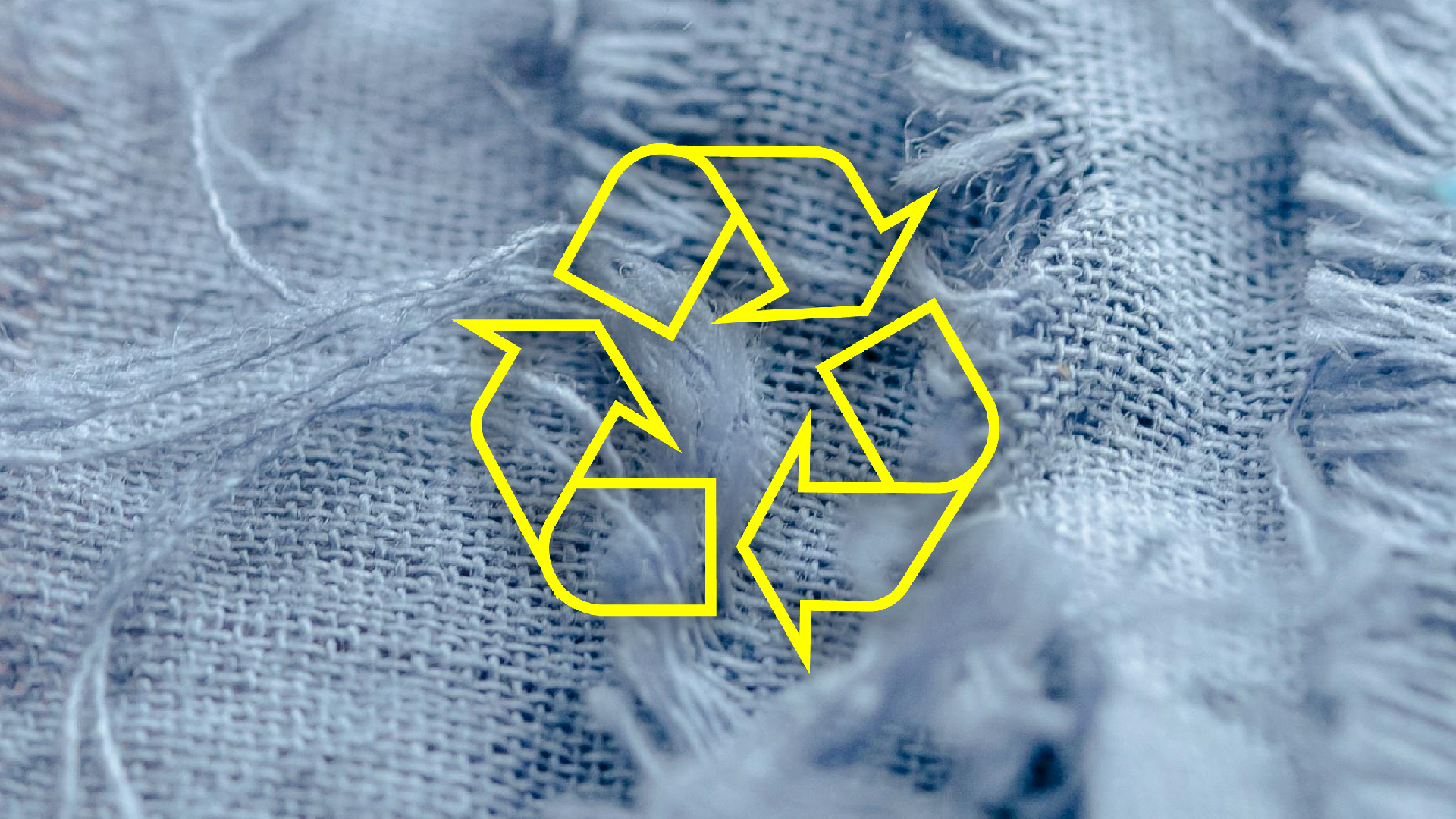What is traceability?
Image by Helga via Unsplash.
14 July 2023
It is estimated that the fashion industry is responsible for between 2% and 8% of global greenhouse gas (GHG) emissions. And while many commitments have been made to abate the industry’s impact, it is still expected to miss the 2030 emission reduction targets by 50%.1
As we continue to learn more about the fashion industry’s social and environmental impact, access to accurate and up-to-date data is more important than ever. Only then can we hold the industry accountable, as well as set goals that will redirect it towards a path in alignment with the 1.5 degrees target of the Paris Agreement. This is where traceability comes in.
Traceability is the process of tracing the origins of products and materials that were sourced, processed, and produced through every step of the fashion supply chain. By tracing the life of a garment and, more importantly, disclosing that information to the public, we can make sure that the industry’s “social and environmental claims are accurate, that it adheres to certification criteria, and abides by regulations.”2
However, with a frustratingly opaque and notoriously complex global supply chain, traceability is not an easy task. Apart from mapping the life of a garment, traceability also includes managing product certifications and labelling, calculating a product’s carbon footprint, and accurately communicating a product’s story with customers.
Overall, traceability is a crucial step towards a more sustainable industry and it should be an integral part of any brand or retailer’s sustainability strategy. As consumers demand more transparency about the origins of their clothes and the conditions under which they were made, and as governments continue to implement policies and legislation to regulate the industry’s sustainability claims, the need for traceability will continue to grow. In terms of reducing carbon, water usage, and textile waste, you cannot reduce what you can’t measure. Traceability, and thus the transparency that it reveals, is the key enabling driver to support supply chain players to meet their science-based emissions targets.
There are already many exciting emerging innovations focusing on traceability, many of which are part of our Innovation Programme:
- Satma CE
- Vaayu
- Made2Flow
- Oritain
- TextileGenesis: learn more about the innovator here or read our interview with founder and CEO, Amit Gautam here.
- InfiniChains
- VeChain
- MonoChain
- &Wider
- TrusTrace
- Reverse Resources
- Good On You
- Circular.fashion
- Common Objective
- EON-ID
We have also published the Textile Tracer Assessment report, a detailed analysis for benchmarking physical tracer technologies relevant in the textile industry. The report is the first step in creating an open-source guide where all interested parties can identify which physical tracer technologies are best suited for their traceability motivations, use cases, and scope.
1. According to a 2020 report by McKinsey & Company and the Global Fashion Agenda.
2. For more information, read TrusTrace “Traceability Playbook”, released in collaboration with Fashion for Good (2023).
Other Articles

In conversation with Smartex: Explore Smartex’s AI-driven solutions transforming quality control and reducing waste

Fashion for Good and Textile Exchange Team Up to Trace Textile Waste

